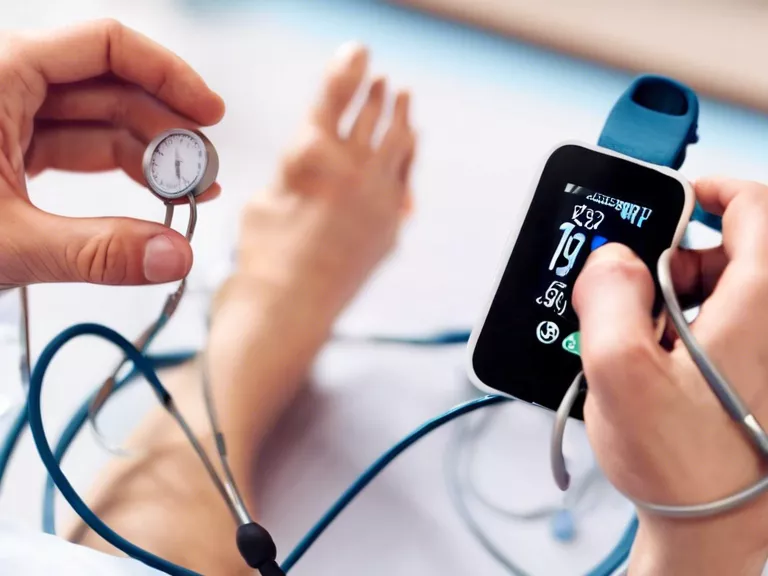
Health apps have simplified the process of monitoring our vital statistics, including blood pressure and heart health trends. By incorporating these apps into our daily routine, we can track changes in our health, detect potential issues early, and take proactive measures to improve our well-being.
One of the main advantages of using health apps for monitoring blood pressure and heart health is the convenience they offer. Instead of having to manually jot down readings in a notebook, these apps allow you to input your data with just a few taps on your smartphone. This not only saves time but also ensures that your information is organized and easily accessible for future reference.
Furthermore, many health apps come equipped with features that can analyze your data and generate trend reports. By regularly inputting your blood pressure and heart rate readings, you can visualize how these metrics change over time. This can help you and your healthcare provider identify any concerning patterns and make informed decisions about your health.
To get the most out of health apps for monitoring blood pressure and heart health, it's important to establish a routine. Set aside time each day to measure your blood pressure and heart rate, and input the information into the app. Consistency is key when it comes to tracking trends and making meaningful conclusions about your health.
Additionally, many health apps offer customizable alerts and reminders to help you stay on track with your monitoring routine. These reminders can prompt you to take your readings at specified times of the day, ensuring that you don't forget or miss any crucial data points.
In conclusion, health apps are powerful tools for monitoring blood pressure and heart health trends. By incorporating these apps into your daily routine, you can take control of your health, track changes over time, and make informed decisions about your well-being.



